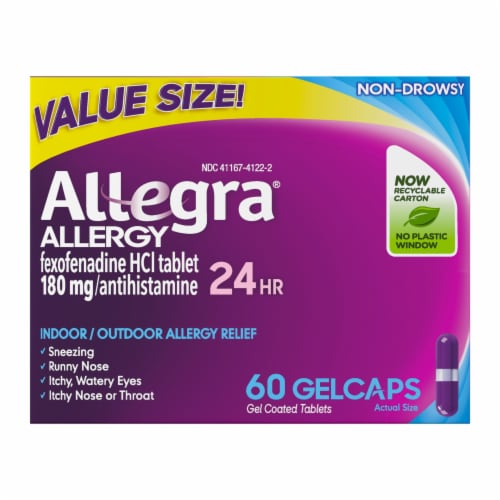Buster Scantlebury
Blogeinträge von Buster Scantlebury
What is a collapsed gallbladder?
Gallbladders are organs that sit just below the liver and help with the digestion of food. When they fail, it can lead to a number of health problems, including nausea, vomiting, and even jaundice.
In this blog Post Categories, we will explore some of the most common symptoms of a collapsed gallbladder and what you can do to diagnose and treat them. We will also discuss the risks associated with such an organ failure, so you can make informed decisions about your health.
Symptoms of a collapsed gallbladder
A collapsed gallbladder is typically a symptom of an underlying medical problem. Common causes of a collapsed gallbladder include:
-Chronic liver disease
-Pregnancy
-Weight loss
- rapid aging
-Hemochromatosis
- sickle cell disease
- cirrhosis
When the gallbladder becomes too small or fails to empty properly, bile accumulates and can cause pain in the right side of the abdomen. Other symptoms may include nausea, vomiting, diarrhea, abdominal distension, jaundice and fatigue. If left untreated, a collapsed gallbladder may lead to cholecystitis (inflammation of the gallbladder) or even cholangitis (infection of the bile ducts).
There are many symptoms of a collapsed gallbladder, but some of the most common include abdominal pain, nausea, vomiting, diarrhea, and fatigue. Other symptoms may include jaundice or lightheadedness. In severe cases, a person may experience chest pain or difficulty breathing.
A gallbladder may collapse due to a variety of reasons, including gallstones, infection, or cirrhosis. Some of the most common symptoms of a collapsed gallbladder include: nausea and vomiting, abdominal pain, indigestion, difficulty urinating, fatigue, and fever. If left untreated, a collapsed gallbladder may require surgery to remove the gallstones.
How to treat a collapsed gallbladder
If you are experiencing any of the following symptoms, it is time to consult with a doctor: pain in the upper right quadrant (duplex), substernal chest pressure or discomfort, nausea and vomiting, extreme fatigue, poor appetite, lightheadedness.
In most cases, if the gallbladder is not causing any serious health problems and does not spontaneously collapse on its own, surgery to remove it may be the best option. If the gallbladder is only moderately enlarged or if there are no other indications of compromised health, medical treatment including medications and lifestyle changes may be sufficient. However, if the gallbladder has already collapsed or if there are other indications of serious disease such as jaundice or an infection, surgical removal may be necessary.
If you experience any of the following symptoms, it is important to consult a healthcare professional as soon as possible:
- abdominal pain that is severe and doesn't go away with rest
- nausea and vomiting
- diarrhea or constipation
- lightheadedness or dizziness
- feeling faint or having a rapid heartbeat
If you notice any of these symptoms, contact your doctor immediately. If the gallbladder has already collapsed, however, there may be little you can do to save it.
If you experience any of the following symptoms, it is important to seek medical attention: severe pain in the upper abdominal area, nausea and vomiting, fatigue, and jaundice. If your gallbladder collapses, surgical removal may be necessary.
Conclusion
If you are experiencing any of the following symptoms, it is important to see a doctor as soon as possible: severe pain in the stomach or lower abdomen, sudden changes in appetite, fatigue and weakness, nausea and vomiting. A collapsed gallbladder can lead to many other medical problems if not treated quickly, so be sure to seek medical attention if you experience any of the above symptoms.

